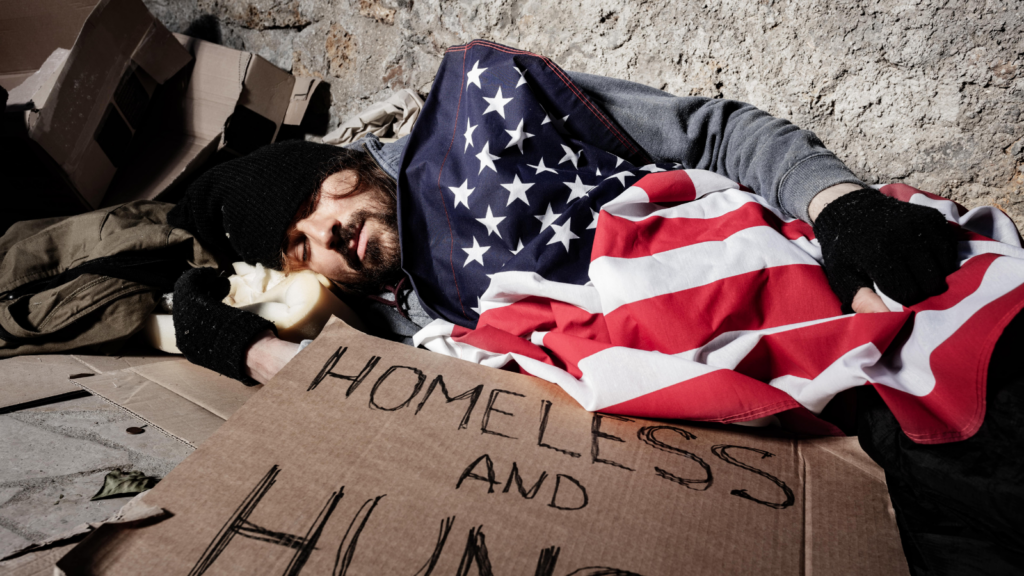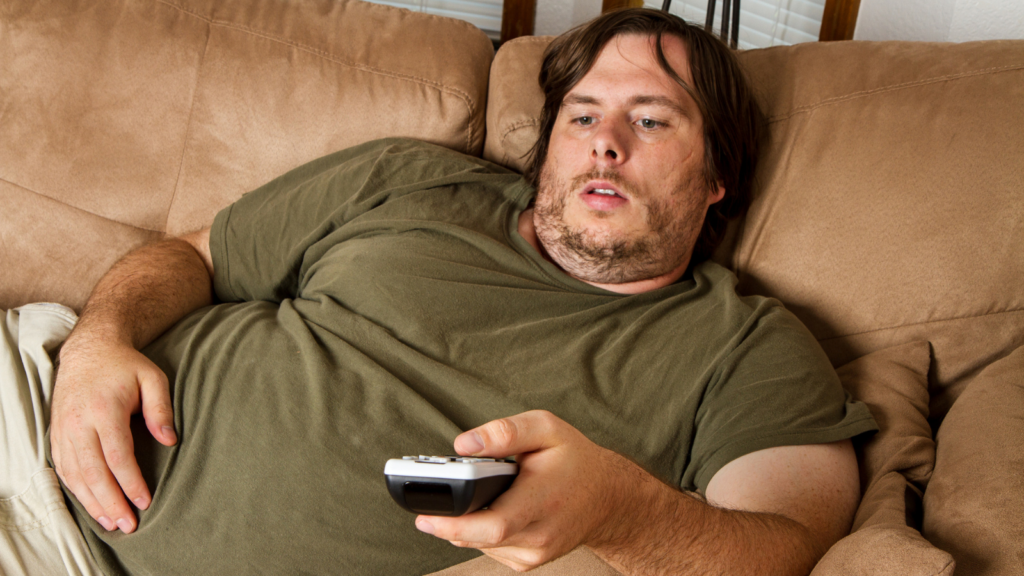Every night, many people in America lack a permanent, safe place to stay. Homelessness can involve living in a car, moving between shelters, staying temporarily with different people or sleeping on the streets. While obtaining accurate data is challenging, there is evidence that homelessness is increasing in America. Here are 18 reasons and facts surrounding this issue that are important to understand.
Unsheltered States
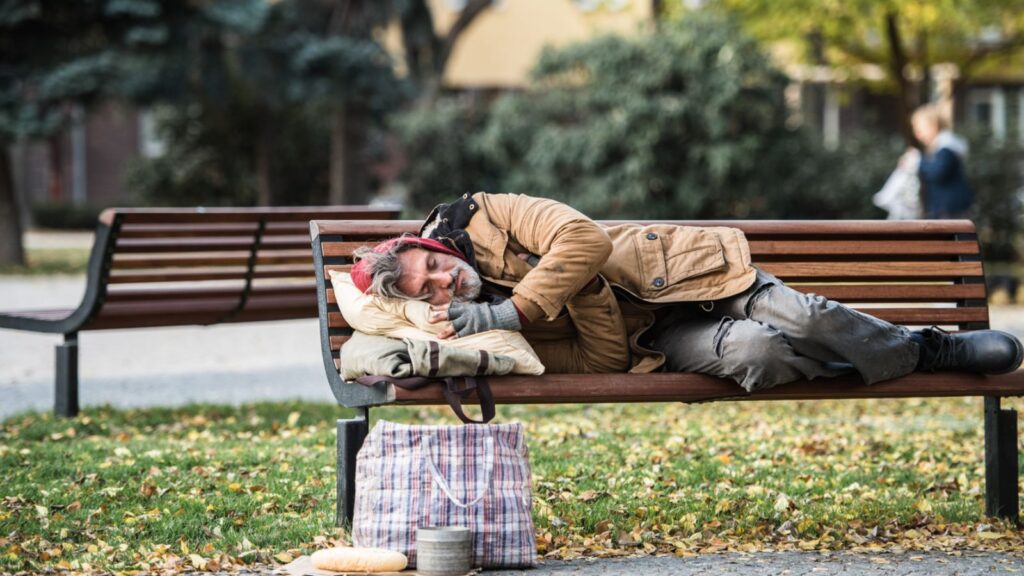
California has the highest number of unhoused people in America, with 68% of its homeless population living unsheltered or on the streets. This accounts for 46% of all people living on the streets in the US. In most states, the majority of homeless people live indoors. New York has the largest number of homeless people, but only 4.9% of them live on the streets.
Lack Of Housing
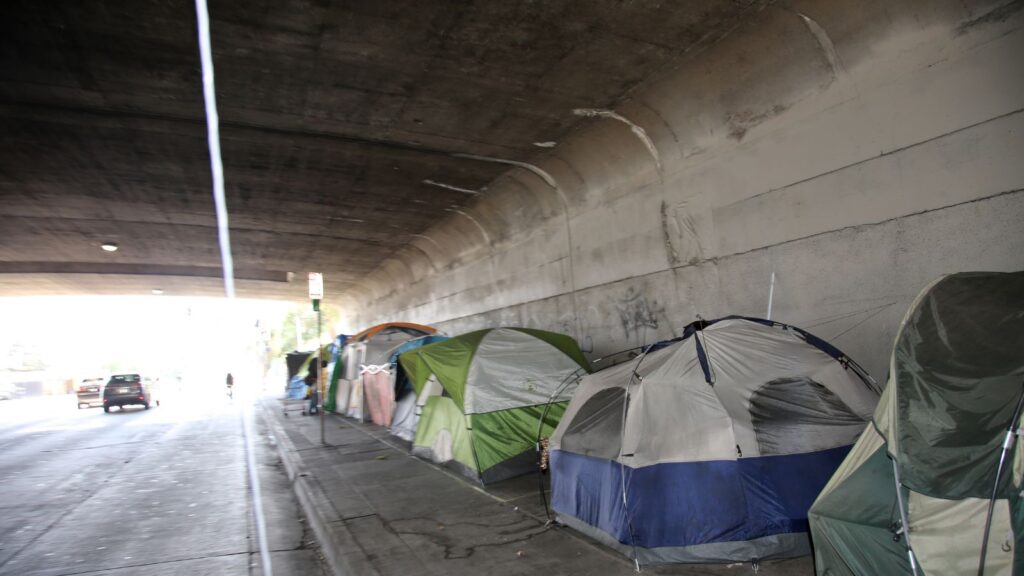
The shortage of suitable housing in America is a major contributor to the issue of homelessness. Housing inventories are currently at their lowest point since the National Association of Realtors began recording statistics. This lack of affordable housing is posing significant challenges for individuals seeking to transition out of homelessness.
Housing Costs

Housing costs have skyrocketed in recent years, making affordable housing hard to come by. This has had a detrimental impact on the housing crisis, as more and more people can’t afford to stay in their homes, increasing the number of people living on the streets.
Impact of the Pandemic

The COVID-19 pandemic presented unique challenges for individuals experiencing homelessness in America and its effects are still being felt today. The pandemic impacted unemployment, property prices, access to aid and shelters, the mental health crisis, healthcare, and evictions, all of which contributed to the escalating homeless crisis.
Youth Homelessness
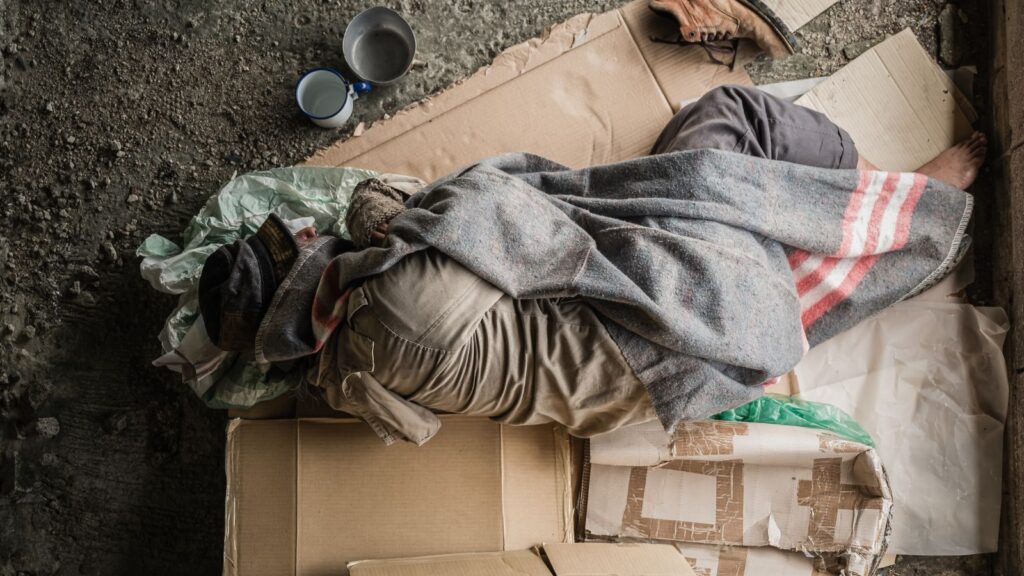
Approximately one in ten adults aged 18 to 25 and one in thirty 13- to 17-year-olds experience homelessness in the US each year. Youth homelessness intersects with public and private entities, and states have taken various approaches to address the link between youth homelessness and juvenile justice involvement.
Racial Disparities

The statistics indicate a racial disparity in the number of homeless people across the US. Black residents continue to be disproportionately impacted, constituting 6.5% of California’s homeless population but 29% of the total unhoused population in the US. There has been a 40% increase in Asian/Asian American homelessness since 2022, followed by a 27% rise in Latino homelessness. These figures reflect an overall increase, with these groups being affected more than others.
Stagnated Incomes
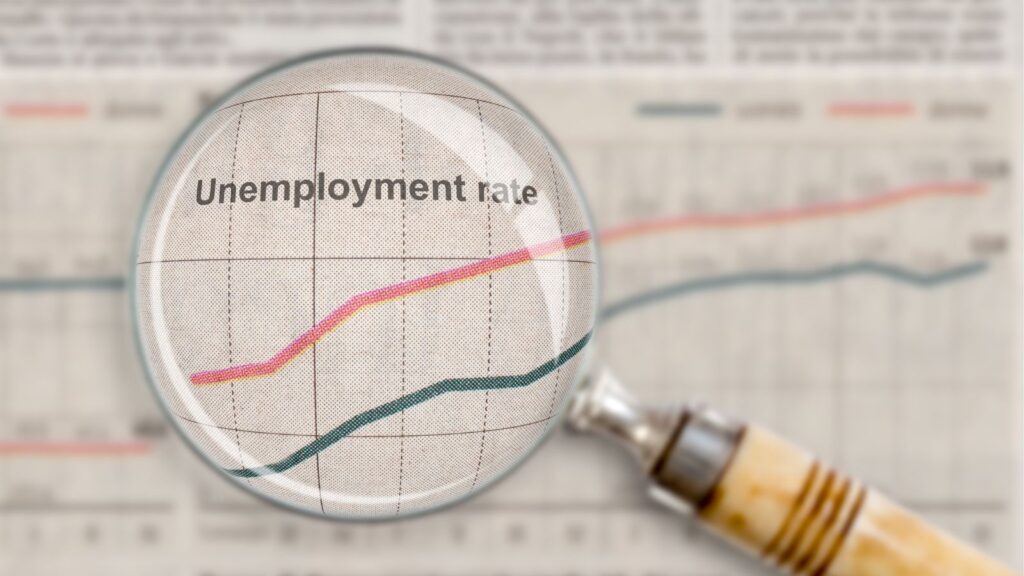
Stagnated incomes and unemployment are also impacting the escalating homelessness seen across America. When everything else is getting more expensive incomes are not keeping up with the increase leaving many in desperate financial difficulty.
Continuum Of Care
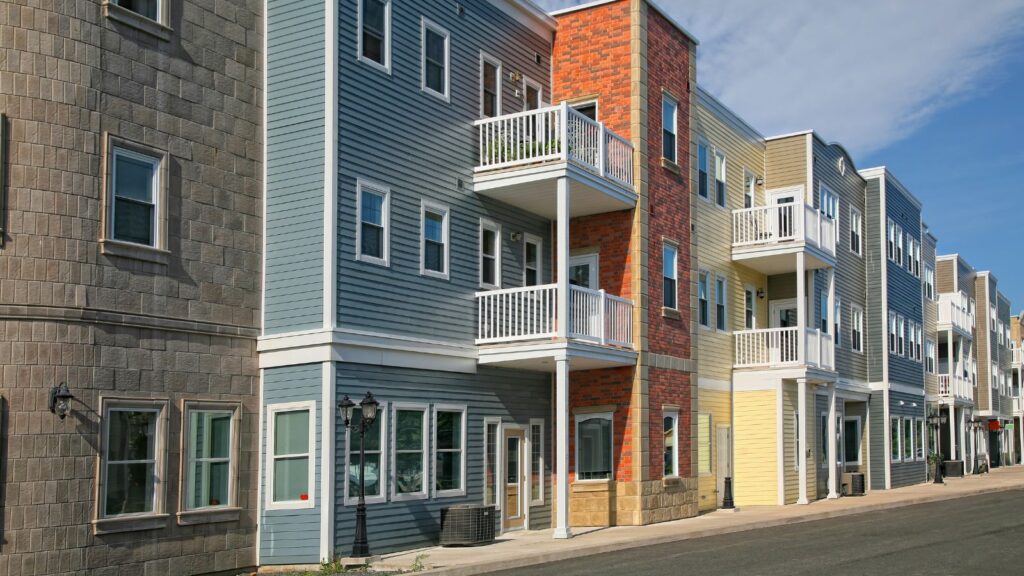
The continuum of care (CoC) is a system that helps homeless individuals move from streets to homes. Although this system is designed to help there is evidence it is not working as it should. Without reforming the CoC, even a huge increase in affordable housing may not be sufficient to address the problem.
Problems With Statistics

Recent statistics suggest that homelessness is on the rise, potentially surpassing previous levels. Yet, these figures may be underestimated. Many homeless individuals are constantly on the move and may not be officially registered, making it difficult to track their numbers accurately. The actual number of homeless individuals is expected to be considerably higher than the recorded figures. This challenge is particularly pronounced among young homeless people, as they often spend their time sofa-surfing or moving between different temporary accommodations.
Advocates For the Homeless

In Nashville, advocates are calling for financial support to try to help the escalating homeless crisis in the area. They say they need hundreds of dollars to make any kind of difference, and it is difficult to see how this may happen.
Veteran Homelessness
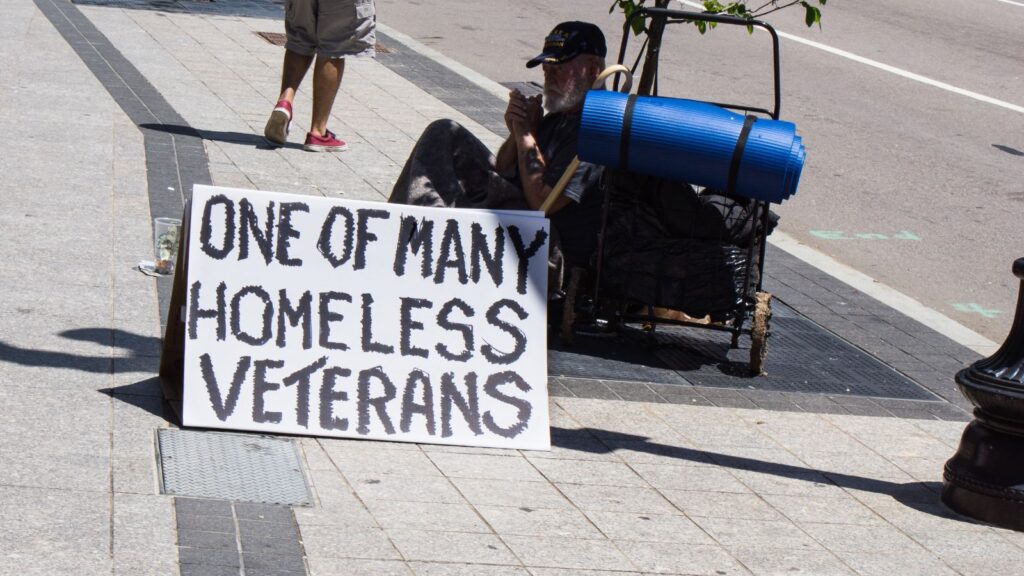
After challenging military service overseas, many veterans struggle with issues like brain injury, post-traumatic stress, and substance abuse, making it challenging to adjust to civilian life and find housing. The Department of Veterans Affairs has focused on ensuring housing stability for veterans, leading to a decrease in homelessness among this group. Veteran homelessness has decreased by 11% since 2020 and 50% since 2010.
Misrepresentations
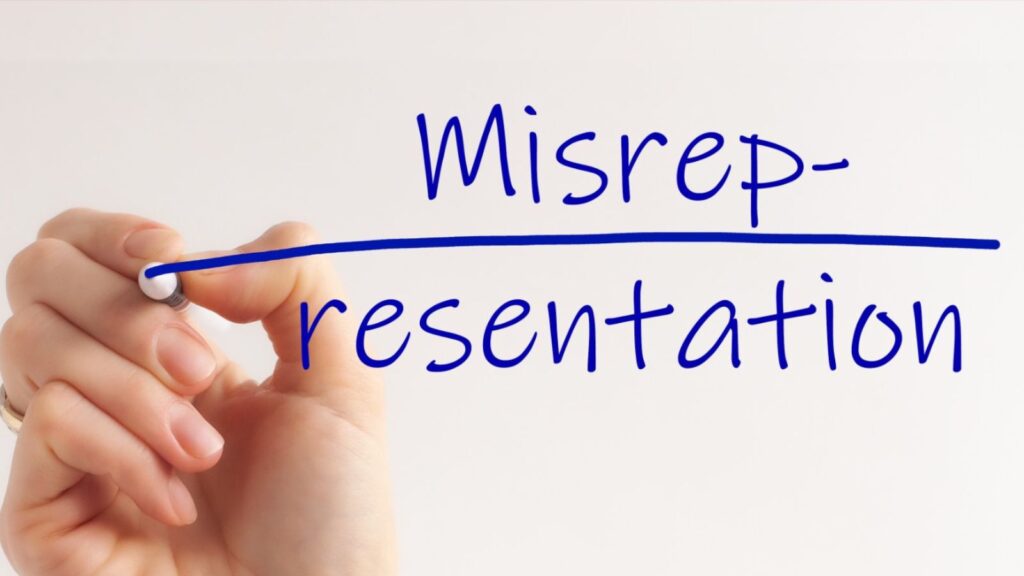
People experiencing homelessness are often unfairly depicted as irresponsible, lazy, and dangerous in the media, leading to misconceptions and stigma. This misrepresentation influences public perceptions and hinders meaningful action to address the issue.
Addictions
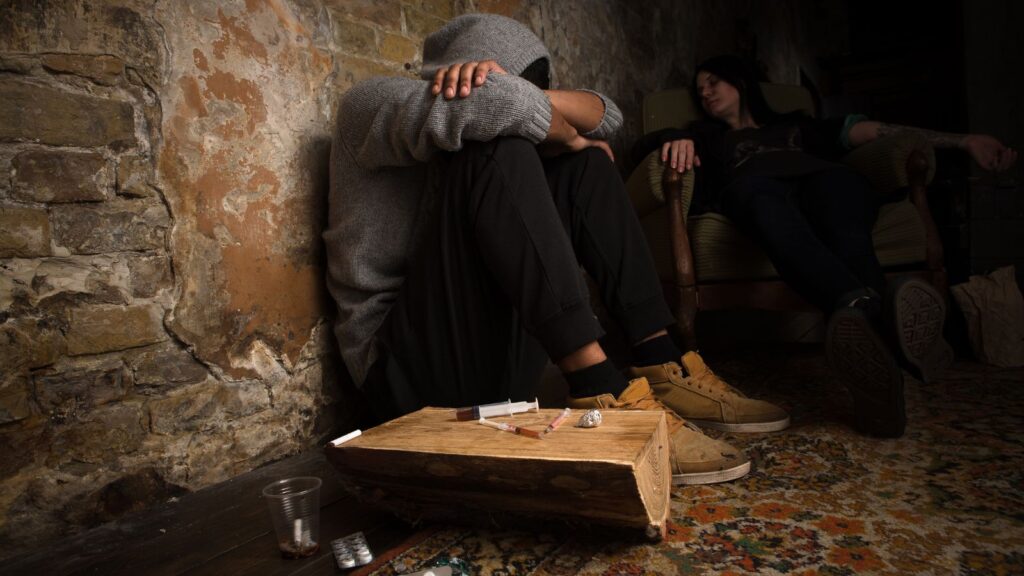
Homelessness and addiction often go hand in hand. Unfortunately, many individuals dealing with these challenges struggle to access the support they need. Homelessness can lead to substance abuse due to the stress it brings, while addiction can also contribute to losing stable housing. Additionally, many homeless individuals grapple with addiction and other mental health disorders simultaneously, making their living situations even more complex.
Single Room Occupancy
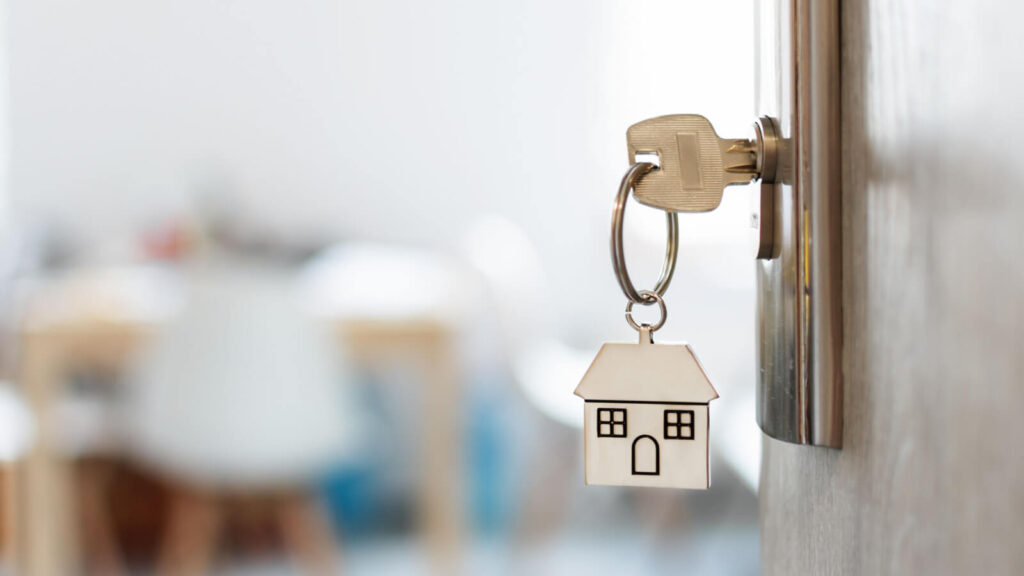
Single room occupancies are a vital part of the housing system in America, providing an essential first or last step for many people. In some cities, owners of single-room occupancy hotels were offered tax incentives to convert their properties into market-rate rentals, condos, or co-ops. This led to the loss of over 100,000 single-room units in New York City alone, which had previously housed substance abusers, elderly individuals, former inmates, and the mentally ill. This had a dramatic impact on the escalating homeless crisis that can still be seen today.
Mental Ill-health
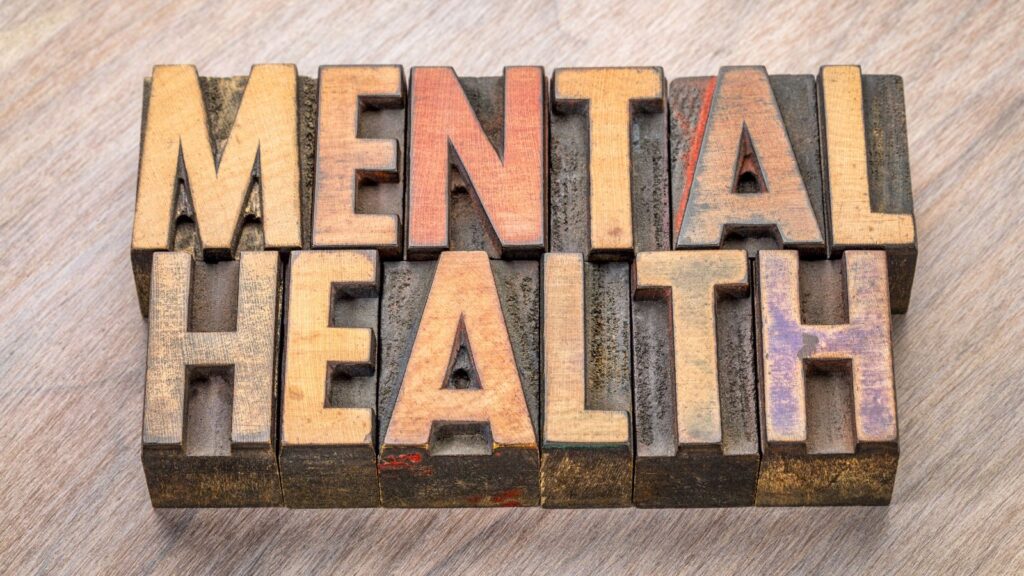
Homelessness is connected to a higher risk of mental disorders. Substance use disorders and severe mental illness are prevalent among homeless people, posing a unique challenge to public health and policy. Accurate estimates of the prevalence of mental disorders among homeless individuals are needed to shape service development, conduct further research, and establish public policy.
Health Impacts

Living in a homeless shelter can have detrimental effects on the health of individuals experiencing homelessness. It increases the risk of developing health issues such as diseases of the extremities, skin disorders, and trauma. Comparisons between the adult homeless population and the general adult population in the US showed that chronic conditions like asthma, HIV/AIDS, tuberculosis, hypertension, diabetes, and chronic obstructive pulmonary disease are more prevalent among the homeless.
The Cost of Living

The cost of living has increased everywhere, making it harder and harder for people to stay off the streets. This has a massive impact on the escalating homeless crisis in the US. This increase was even more dramatic during COVID-19 having a further impact on this crisis.
Ageing Population
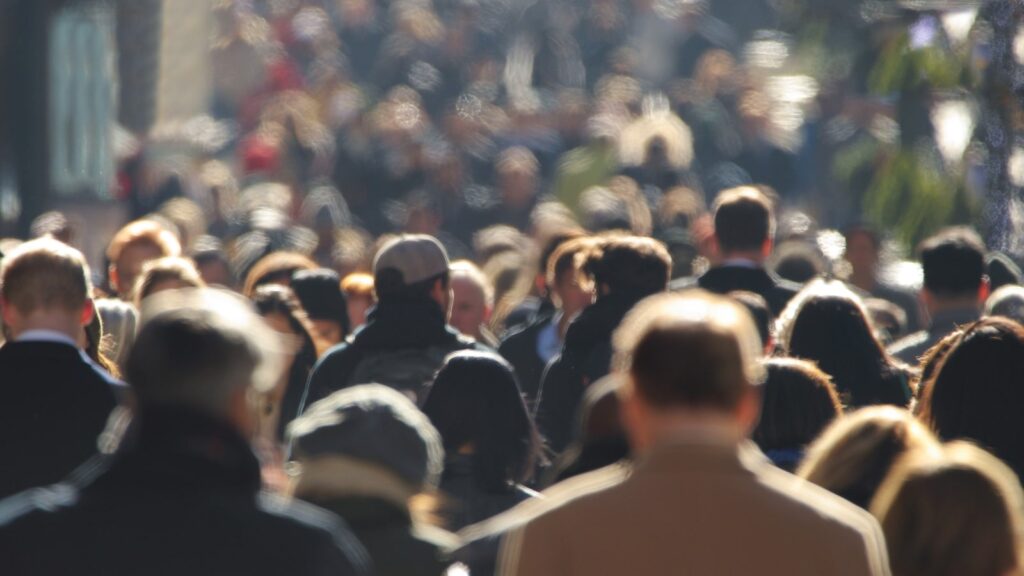
As the population over 65 is expected to surpass the number of 18-year-olds, there is clear evidence of an ageing population. This has a significant impact on homelessness, as many older adults in America experience homelessness. With the rising cost of living and retirement pay not keeping pace with the increasing expenses, it is understandable that older individuals who cannot work struggle to afford housing and maintain their homes.
19 Grim Realities of Dating After 50 That Are Often Overlooked

19 Grim Realities of Dating After 50 That Are Often Overlooked
26 Things That Will Be Extinct Because Millennials Refuse to Buy Them

26 Things That Will Be Extinct Because Millennials Refuse to Buy Them
24 Outdated Slang Terms You Absolutely Shouldn’t Be Using Anymore

24 Outdated Slang Terms You Absolutely Shouldn’t Be Using Anymore
25 Hardest Parts About Getting Older That No One Ever Talks About

25 Hardest Parts About Getting Older That No One Ever Talks About

